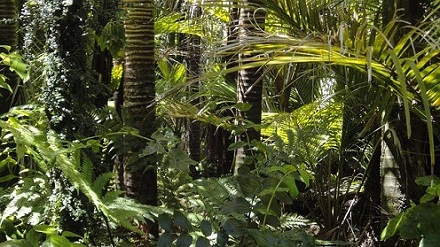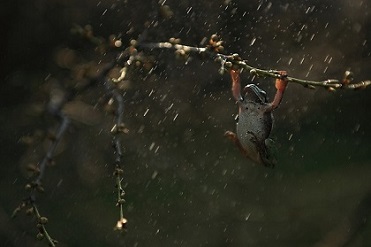News
Stories making wavesRed Sky Thinking
SAHARAN DUST CLOUDS NOURISH NATURE


Last week's strange yellow/orange/ light that tinged our skies during the morning in the UK and southwestern Europe was the result of exceptionally concentrated particles of Saharan dust that had been whipped up into the atmosphere by southerly winds. Whilst, not usually as dense, or with such a strange 'Martian' light, these episodes are quite common in the spring particularly in the Mediterranean and the Atlantic, and in 2021 even the snow-capped Alps bore an orange tinge! Some studies predict that climate change will result in even more intense Saharan dust storms in the future, which could affect public health because of reduced air quality.
However, according to the National and Oceanic Atmospheric Administration, Saharan dust also contains nutrients and minerals, necessary for photosynthesis and other cellular functions. When it's blown into our oceans, phytoplankton use the iron and nutrients to thrive and large quantities can stimulate phytoplankton blooms. Phytoplankton in turn, soak up huge amounts of carbon dioxide and when these phytoplankton die they sink to the bottom of the ocean where the carbon stays locked away. In 2015 analysis of a 7 year data record from a NASA satellite, further revealed that the clouds of tan-dust making the trans-Atlantic journey, provide the Amazon rainforest with an estimated 22,000 tons of iron and phosphorus minerals each year! The amount of these essential nutrients, are about the same as those washed away annually by the Amazon's frequent and heavy rainfall - thus, the entire Amazon ecosystem depends on Saharan dust to replenish these losses.
"We know that dust is very important in many ways. It is an essential component of Earth system. Dust will affect climate and, at the same time, climate change will affect dust," said the lead author of the initial research, Hongbin Yu, "This is a small world, and we're all connected together."
